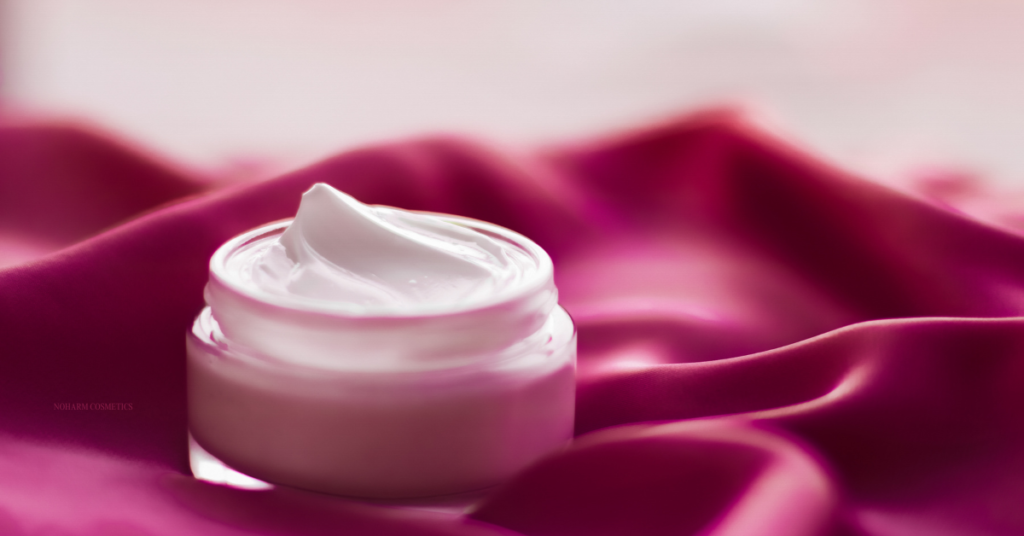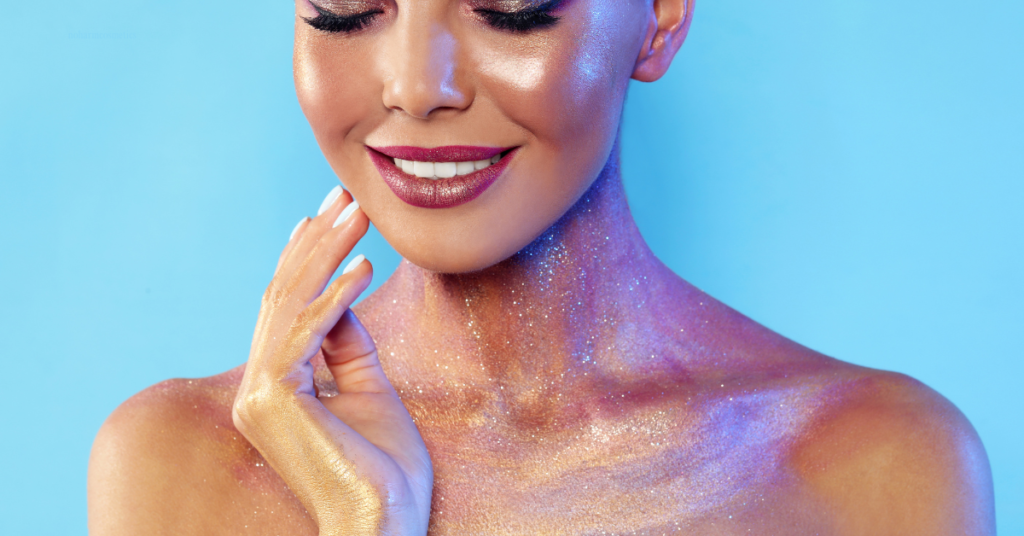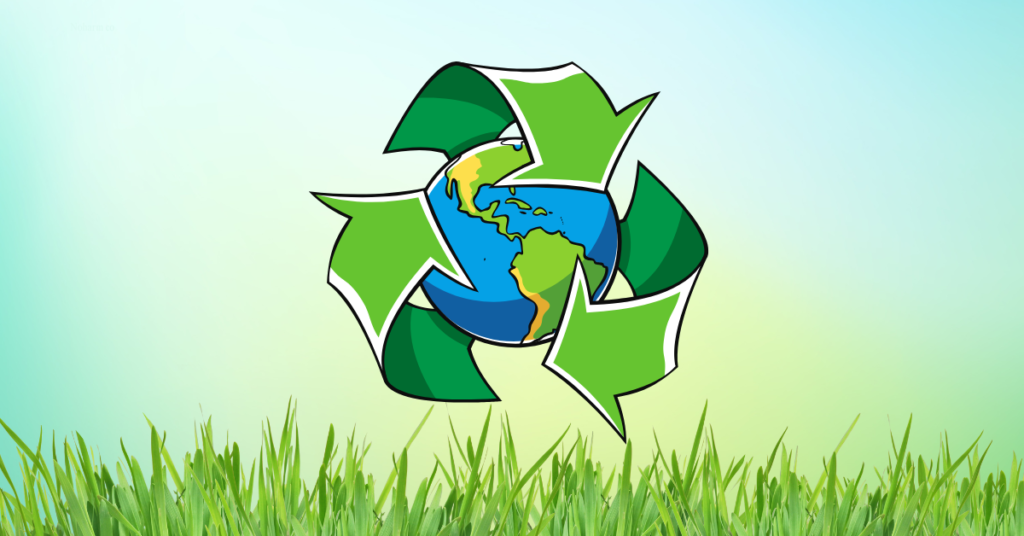Silk proteins, such as fibroin and sericin, have been used in skincare for their potential to support hydration, strengthen the skin barrier, and reduce signs of aging. These ingredients have a long history in beauty products, particularly in parts of Asia including Japan, South Korea, and China. In recent years, interest in silk-based formulations has been growing more widely, as consumers explore alternatives that are both science-backed and considered gentle on the skin. While certainly not without ethical and environmental questions—especially from a vegan perspective—silk proteins remain a subject of growing curiosity in the conversation around ‘clean’ skincare.
In the evolving landscape of sustainable, non-toxic skincare, a biotech innovation has emerged: Activated Silk™. Developed by the company Evolved By Nature, this ingredient is derived from the cocoons of Bombyx mori silkworms.

What Is Activated Silk™?
Activated Silk™ is a purified silk protein called fibroin, transformed using only water and salt—no petrochemicals, solvents, or microplastics. It’s utilized in skincare to restore the skin barrier, enhance hydration, and even replace synthetic preservatives.
What About the Silkworms?
Traditionally, silk production involves boiling cocoons with the silkworm pupae inside—a practice that raises serious ethical concerns. Evolved By Nature adopts a somewhat different approach. They source discarded or non-viable cocoons—those from which the moth has already emerged or are unsuitable for fabric production. These cocoons are often byproducts of agriculture or the animal-feed industry and would typically go to waste. This method reportedly ensures that no live silkworms are harmed during their process.
While not vegan, as it’s an animal-derived ingredient, the method is significantly more ethical and sustainable than traditional silk production. It’s a nuanced area, and individual comfort levels will understandably vary.

Threads of Compassion: A History of Peace Silk
The ethical concerns around silk are not new. In the early 20th century, ahimsa silk—produced without killing silkworms—emerged as an alternative aligned with principles of non-violence in Indian philosophy. Mahatma Gandhi, in particular, rejected traditional silk due to the harm it caused to silkworms. Instead, he promoted and personally spun khadi, a handwoven cotton, as a symbol of self-reliance and compassion.

Where Do the Cocoons Come From?
China is the world’s largest silk producer, accounting for approximately 70% of global production. The primary silk-producing regions in China include Zhejiang, Jiangsu, and Sichuan provinces, with cities like Suzhou, Hangzhou, Nanjing, and Shaoxing renowned for their silk industries.
As for Evolved By Nature, specific details about their cocoon sourcing locations aren’t publicly disclosed. But considering China’s dominance in silk production, it’s plausible that their sources are located there. Incidentally, anyone interested in the history of silk,
Why It’s Worth Talking About
– Biodegradable & Microplastic-Free
– Non-toxic & Skin-Safe
– Sustainably Sourced & Cruelty-Conscious
– Lab-Tested for Safety and Efficacy
Reader Q&A: Curious About Silk in Skincare?
Q: Is silk protein skincare vegan?
A: Technically no, since it’s derived from silkworm cocoons. However, some brands use silk from discarded or non-viable cocoons—those where the moth has already emerged or the silk is unusable—raising fewer ethical concerns for some consumers.
Q: What’s the difference between fibroin and sericin?
A: Fibroin is the structural protein that gives silk its strength and elasticity. Sericin is the gummy coating around fibroin, known for its moisturizing and antioxidant properties.
Q: Are there plant-based alternatives to silk proteins?
A: Yes. Some brands use proteins derived from oats, rice, or soy to mimic the hydrating or film-forming qualities of silk—ideal for those seeking fully plant-based options.
Q: How can brands guarantee that no worms are harmed?
A: It depends on the sourcing. Companies like Evolved By Nature claim to use only discarded or non-viable cocoons—meaning the moth has already left or the cocoon is unsuitable for textile use. While they don’t raise silkworms themselves, full transparency about sourcing can vary, so it’s worth checking each brand’s ethical claims and third-party certifications if possible.
TATCHA (acquired by Unilever in 2019) featured on QVC discussing Japanese silk. No mention of ethical sourcing, and no clear information available on the TATCHA website.
We’ve reached out to Tatcha to learn more about the sourcing of their silk and whether any harm comes to silkworms in the process. We’ll update this post if we receive a response.




